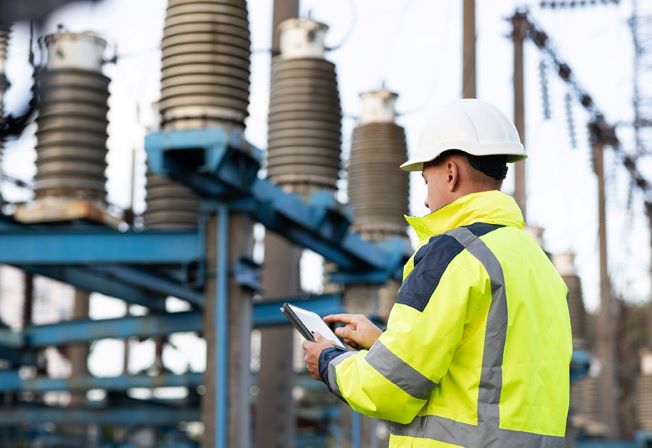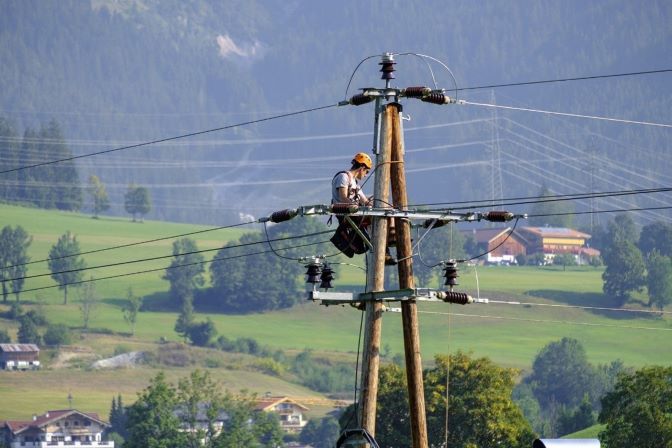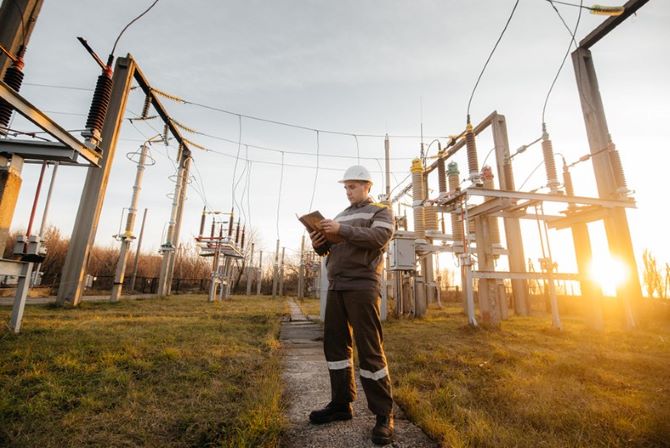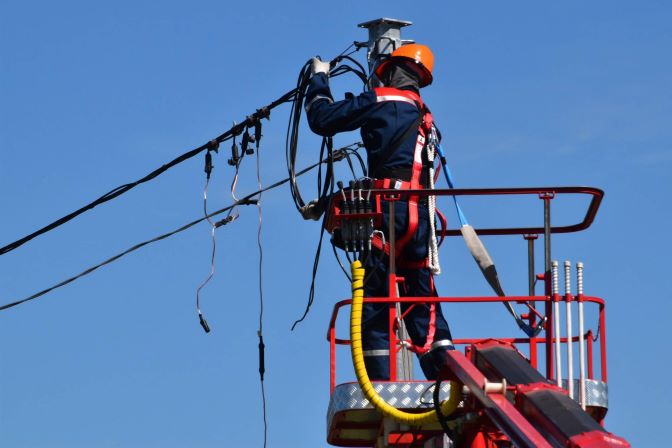Loading


Electric distribution lines form the backbone of the electrical grid, delivering power from substations to homes, businesses, and industries. These lines span vast distances across varying terrains, exposed to weather elements and wear over time. Regular inspections are crucial to ensure the reliability, safety, and efficiency of electrical distribution systems.
Electric distribution lines are critical for delivering electricity from substations to homes and businesses. These lines face various challenges such as environmental wear, vegetation interference, and weather-related damage. Regular inspections ensure the reliability and safety of the electric distribution network, preventing outages and maintaining efficient power delivery.
Ground patrols involve personnel inspecting distribution lines on foot or by vehicle. This method allows for close-up examination of lines and poles but can be time-consuming and labor-intensive.
Aerial inspections, conducted using helicopters or drones, provide a comprehensive view of the distribution lines. These inspections can cover large areas quickly and identify issues such as damaged insulators or vegetation encroachment from a higher vantage point.
Infrared thermography uses thermal imaging cameras to detect heat anomalies along the distribution lines. These anomalies can indicate issues like overheating components or poor connections, which might not be visible to the naked eye.
Corona detection utilizes ultraviolet cameras to spot electrical discharges, or corona effects, around distribution lines. These discharges can reveal insulation problems, damaged conductors, or other defects needing attention.
AMI systems use smart meters to provide real-time data on the performance of the distribution network. This data can help identify issues such as voltage fluctuations or power losses, allowing for prompt and targeted inspections.


During inspections, utility poles are evaluated for various factors, including: Structural Integrity: Inspectors assess the overall condition of the pole, looking for signs of deterioration, damage, or structural weaknesses. Common issues include rot, cracks, insect infestations, and corrosion.
The future of distribution line inspections is bright, with advancements in technology leading to more efficient and accurate methods. Drones equipped with AI and machine learning will soon be able to conduct autonomous inspections, analyze data in real-time, and identify issues with greater precision.
Robotic systems are also being developed to perform inspections and maintenance tasks, reducing the need for human intervention in hazardous environments. These systems will enhance the safety and efficiency of distribution line inspections, ensuring a reliable power supply.
Electric distribution line inspections play a crucial role in maintaining the reliability, safety, and efficiency of electrical distribution systems. Advances in technology, including AI and drones, promise to transform inspections by improving accuracy, efficiency, and cost-effectiveness. As utilities embrace these innovations, they can enhance their ability to deliver reliable electricity while meeting regulatory requirements and customer expectations. By investing in proactive maintenance and leveraging cutting-edge technologies, the industry can ensure sustainable and resilient electrical infrastructure for the future.
Regular inspections of electric distribution lines are vital to maintaining the reliability and safety of the power grid. By leveraging advanced inspection methods and technologies, utilities can identify and address potential issues before they lead to significant problems. The future of distribution line inspections promises even greater efficiency and accuracy, ensuring a robust and reliable power supply for all.
For expert consultancy on distribution line inspections, contact us and ensure your power grid remains in peak condition.